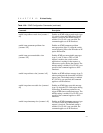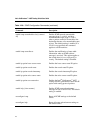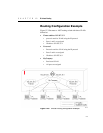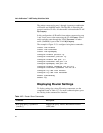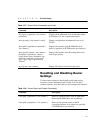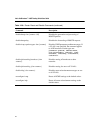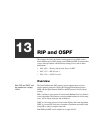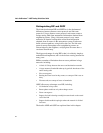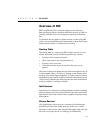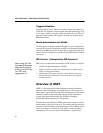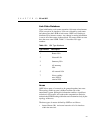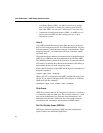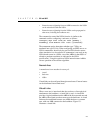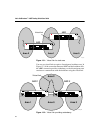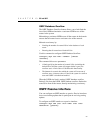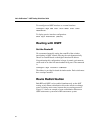
C H A P T E R 13 RIP and OSPF
225
Overview of RIP
RIP is an IGP first used in computer routing in the Advanced
Research Projects Agency Network (ARPAnet) as early as 1969. It is
primarily intended for use in homogeneous networks of moderate
size.
To determine the best path to a distant network, a router using RIP
always selects the path that has the least number of hops. Each router
that data must traverse is considered to be one hop.
Routing Table
The routing table in a router using RIP contains an entry for every
known destination network. Each routing table entry contains:
• IP address of the destination network
• Metric (hop count) to the destination network
• IP address of the next router
• Timer that tracks the amount of time since the entry was last
updated
The router exchanges an update message with each neighbor every 30
seconds (default value), or if there is a change to the overall routed
topology (also called triggered updates). If a router does not receive
an update message from its neighbor within the route timeout period
(180 seconds by default), the router assumes the connection between
it and its neighbor is no longer available.
Split Horizon
Split horizon is a scheme for avoiding problems caused by including
routes in updates sent to the router from which the route was learned.
Split horizon omits routes learned from a neighbor in updates sent to
that neighbor.
Poison Reverse
Like split horizon, poison reverse is a scheme for eliminating the
possibility of loops in the routed topology. In this case, a router
advertises a route over the same interface that supplied the route, but
the route uses a hop count of 16, defining it as unreachable.



